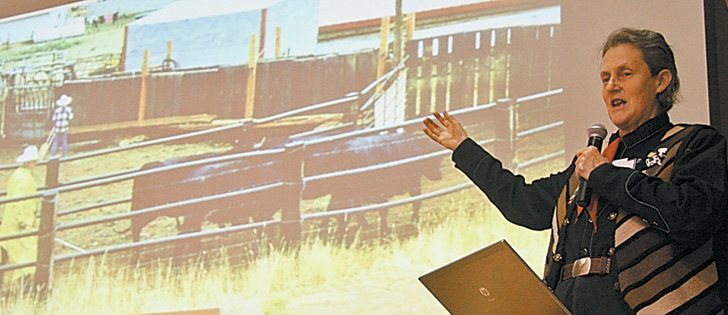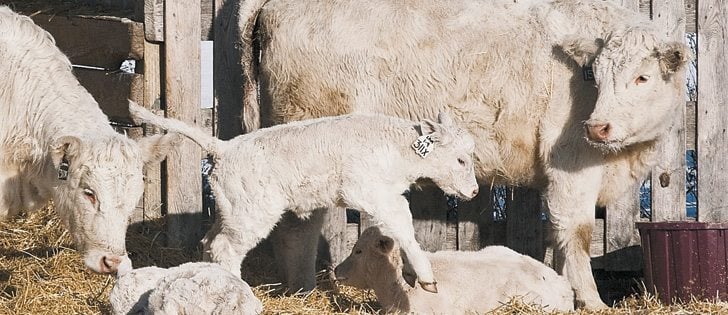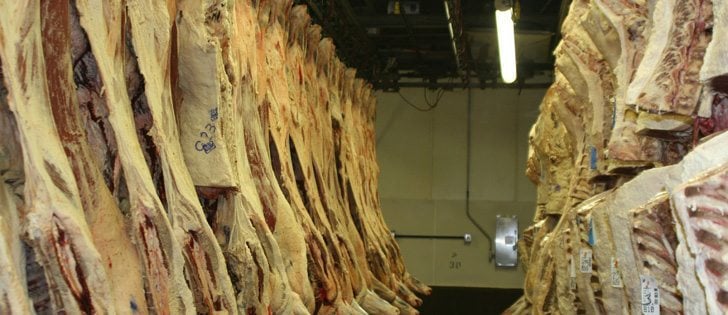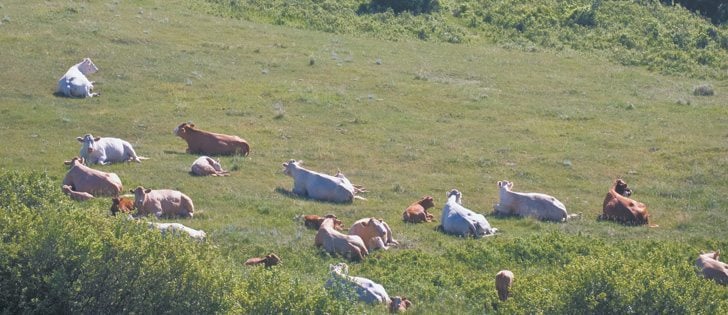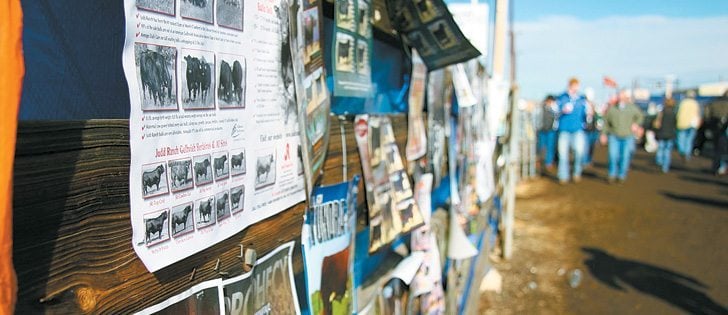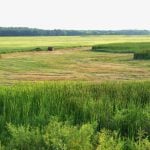Canadian beef packing plants have been slower to adopt instrument grading than those in the United States, but limited results show improvements in assessing beef quality.
XL Lakeside at Brooks, Alta., is the only plant using the technology as a grading aid so consistency cannot be compared until more companies adopt it, said Cindy Delaloye, manager of the Canadian Beef Grading Agency.
“The graders are very happy with it. Their variability has been removed in respect to the marbling assessment,” she said.
“No two humans see something exactly the same. If I could get that between plants, I could remove some of the variability among the plants.”
Read Also

Alberta rancher finds success with virtual fencing
Increased use of virtual fencing in cattle industry in Canada showcased at Innovation on the Range in Southern Alberta.
Computer vision grading technology allows multiple measurements of yield and quality grade parameters to be made more quickly than would be possible using manual approaches.
The computerized cameras take an image, digitize it and produce results on rib eye sizes, quality grades and red meat yield.
Canadian cattle typically grade AA or AAA. More than 50 percent achieves AAA and 42 percent grades AA, which has the same marbling requirements as Select. Canada has not had any difficulty selling this grade.
Canada Safeway and Real Canadian Superstore offer it, while Costco has a large AAA program and Sobey’s offers Sterling Silver, a highly marbled product.
“Every grade has a place in the marketplace, but the people have to know which one they are buying and how to cook it appropriately,” Delaloye said.
Marbling assessments are based on the average amount, size and distribution of fat deposits in the rib eye.
A prediction of lean yield is also made when a carcass qualifies for Canada Prime or any of the Canada A grades. Lean yield is not dressing percentage.



